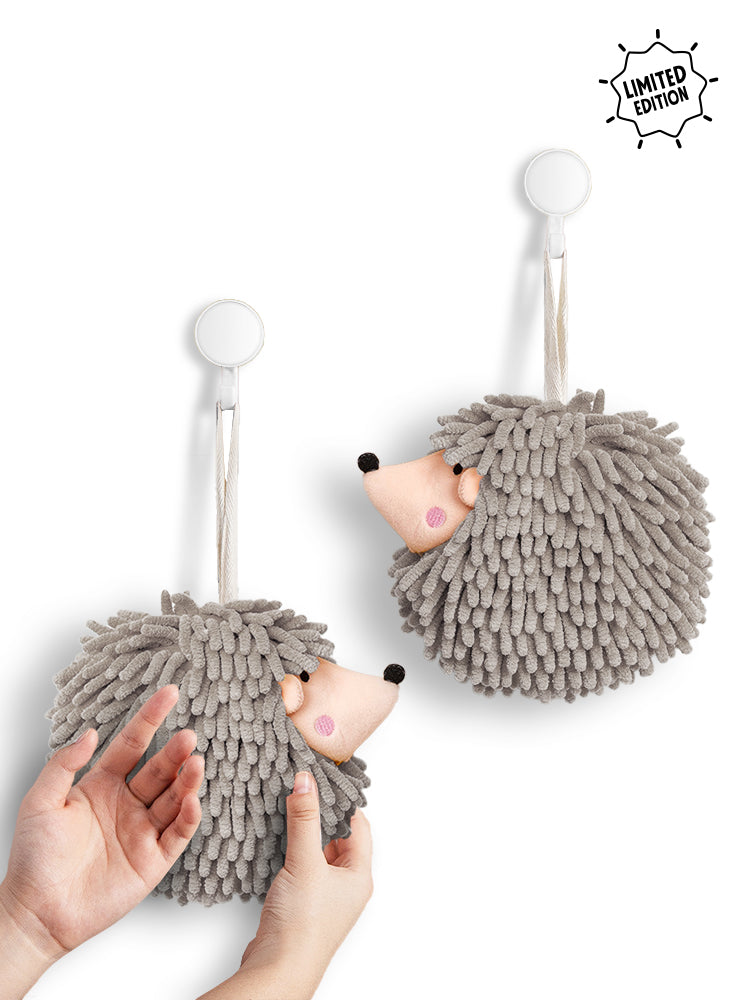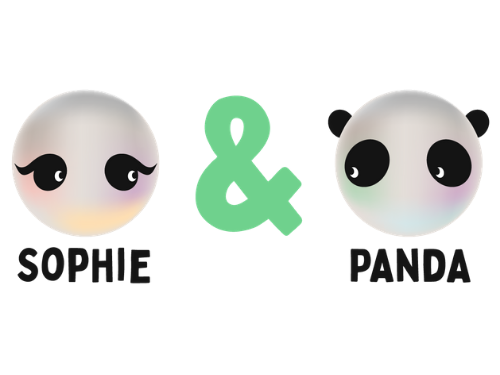
You know that tumble dryers have different cycle settings, but are you sure which dryer settings are correct for specific clothing items? Is it ever a good idea to dry clothes on high heat? These are great questions with less-than-straightforward answers.
Every dryer’s settings might look slightly different based on the manufacturer (permanent press, steam dry, delicates, timed dry, and so on). Each has a different temperature and cycle time. While the dryer setting you choose depends on the machine and material, these cycles are essential to keeping laundry feeling its best. Here’s how to use the heat settings to your laundry’s advantage.
What Can Dry on High Heat?
Typically, settings with high heat temperatures are the regular ones, like “normal,” “timed dry,” “automatic,” and “cotton.” Depending on the appliance's make and model, high heat temperatures can range from 140°F to 150°F. High heat is often the default setting, so remember to manually adjust the temperature if needed before starting a cycle.
Towels and heavy work clothes are usually safe to dry in the dryer at high temperatures. Athletic wear, such as sweatpants, sweatshirts, and sheets, is also generally safe to dry on high heat.
However, some items shouldn’t be dried on high heat or put in the dryer at all. Delicate or heat-sensitive fabrics, like lace, leather, and wool, can be damaged by high heat. For example, sequins or clothing with iron-on decals should air-dry. Always read the garment label to ensure the item is dryer-safe before putting it in for a cycle–whether high or low heat.
What Can Dry on Medium Heat?
Medium heat usually corresponds to the “permanent press” option, with temperatures ranging from 130°F to 135°F. Permanent press is ideal for wrinkle-prone items because drying them at slightly lower temperatures prevents creases from setting in.
Permanent press or medium heat is suitable for most everyday clothing items (delicates and certain fabrics aside), such as blouses, dresses, T-shirts, baby clothes, professional clothing, slacks, outerwear, and jackets. Medium heat works well for synthetic fibers like polyester and nylon. Typically, at the end of a permanent press cycle, the dryer sucks in cooler air (or room temperature air) to relax lingering wrinkles on the clothes.
What Can Dry on Low Heat?
Low-heat temperatures can range from 120°F to 125°F, which correspond to “delicate” or “gentle” dryer settings. Remember, lower temperatures also mean longer drying times.
Many dryers also have no-heat options, such as “air dry” or “air fluff” cycles. These settings can fluff up textiles like blankets or area rugs or remove dust and lint from garments.
These low-to-no heat settings prevent damage from high temperatures in the drying process. They’re ideal for delicate, dryer-safe items and high-performance materials like waterproof or fireproof clothing.
Items with beads, embroidery, sheer fabrics, lingerie, knit or loosely woven clothes, and some lace or silk items are better air-dried. For those protecting their denim, jeans can also be dried at low temperatures to stay durable. They can withstand high heat drying temperatures but may shrink. Shoes can also be dried on no heat settings to prevent rubber or plastic from warping.
When Should You Change the Heat Settings?
To sanitize items, set the dryer to a high temperature to kill germs and bacteria. Newer dryers might have a “sanitize” or “steam sanitize” setting. A permanent press setting won’t completely remove wrinkles from fabrics, but it may reduce wrinkles and pilling.
Hot dryer temperatures can cause dark clothing to transfer color to light or white items. This can be beneficial if you want to dye clothing. However, if whites and colors are mixed in the laundry, dry them on low or no heat. Some newer dryers might have specific settings, such as “whites” or “colors or darks,” to offer helpful hints on drying separated laundry. Remember that the dryer temperature should mainly be based on the fabric or material.
Sources:
- All photos used in this blogpost are sourced from the internet, and the rights belong to their respective owners
- Allen, N. (2025c, February 7). What Should You Dry on Low Heat vs. High Heat? Your No-Fail Guide. Better Homes & Gardens. https://www.bhg.com/low-vs-high-heat-dryer-settings-8773826


